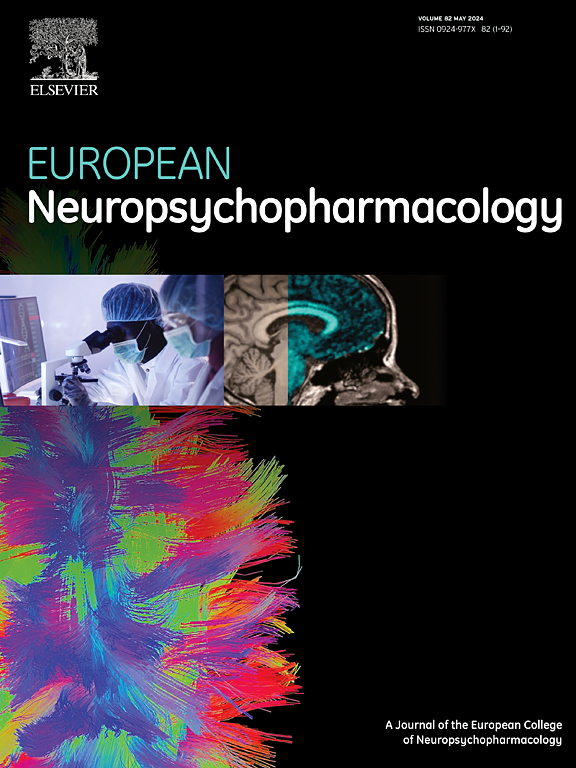WHAT CAN DNA METHYLATION TEACH US ABOUT BIPOLAR DISORDER? INSIGHTS FROM A MULTI-CENTER MWAS
IF 6.7
2区 医学
Q1 CLINICAL NEUROLOGY
引用次数: 0
Abstract
Methylation-wide association studies (MWAS) are a powerful tool for exploring how epigenetic modifications, particularly DNA methylation, may contribute to the development and manifestation of complex diseases. By scanning the genome for methylation differences associated with specific traits or disorders, MWAS can help identify biologically relevant loci influenced by both genetic and environmental factors. These insights can improve our understanding of disease mechanisms and support the discovery of novel biomarkers.
We report findings from the largest methylation-wide association study (MWAS) of bipolar disorder to date (N = 3,800), conducted across 9 participating centres. We identified 47 differentially methylated positions and 90 regions associated with bipolar disorder status. Based on these findings, we developed a bipolar disorder-specific methylation score, which also showed overlap with schizophrenia and major depression. We will discuss the potential of these results to inform the biological translation of genetic and environmental risk factors.
DNA甲基化能告诉我们关于双相情感障碍的什么?来自多中心模型的见解
甲基化全关联研究(MWAS)是探索表观遗传修饰,特别是DNA甲基化如何促进复杂疾病的发展和表现的有力工具。通过扫描基因组中与特定性状或疾病相关的甲基化差异,MWAS可以帮助识别受遗传和环境因素影响的生物学相关位点。这些见解可以提高我们对疾病机制的理解,并支持发现新的生物标志物。我们报告了迄今为止最大的双相情感障碍甲基化关联研究(MWAS)的结果(N = 3800),该研究在9个参与中心进行。我们确定了47个不同的甲基化位置和90个与双相情感障碍状态相关的区域。基于这些发现,我们开发了双相情感障碍特异性甲基化评分,该评分也显示了与精神分裂症和重度抑郁症的重叠。我们将讨论这些结果的潜力,以告知遗传和环境风险因素的生物学翻译。
本文章由计算机程序翻译,如有差异,请以英文原文为准。
求助全文
约1分钟内获得全文
求助全文
来源期刊

European Neuropsychopharmacology
医学-精神病学
CiteScore
10.30
自引率
5.40%
发文量
730
审稿时长
41 days
期刊介绍:
European Neuropsychopharmacology is the official publication of the European College of Neuropsychopharmacology (ECNP). In accordance with the mission of the College, the journal focuses on clinical and basic science contributions that advance our understanding of brain function and human behaviour and enable translation into improved treatments and enhanced public health impact in psychiatry. Recent years have been characterized by exciting advances in basic knowledge and available experimental techniques in neuroscience and genomics. However, clinical translation of these findings has not been as rapid. The journal aims to narrow this gap by promoting findings that are expected to have a major impact on both our understanding of the biological bases of mental disorders and the development and improvement of treatments, ideally paving the way for prevention and recovery.
 求助内容:
求助内容: 应助结果提醒方式:
应助结果提醒方式:


